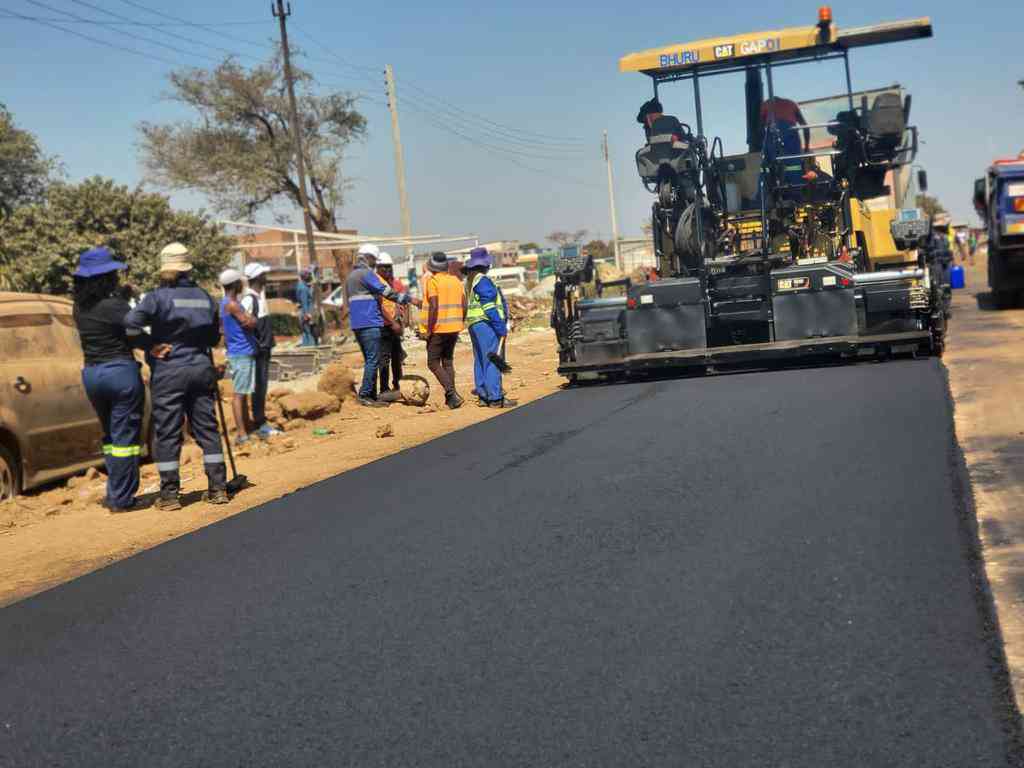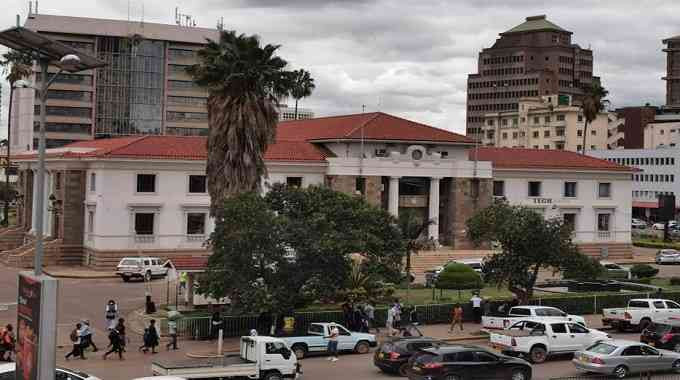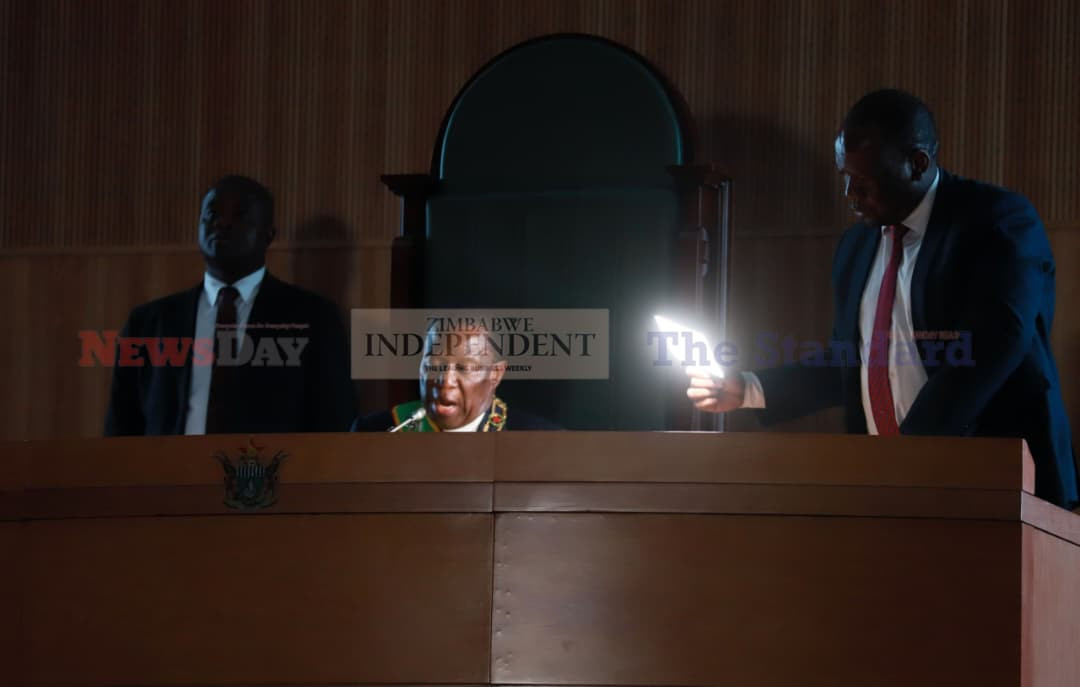
President Emmerson Mnangagwa's vision to transform Zimbabwe into an upper middle-income economy by 2030 is an ambitious endeavour, especially considering the myriad economic challenges facing the Southern African nation.
Achieving this goal would translate to a gross domestic product (GDP) per capita of about US$3 500.
The World Bank classifies economies into four income groups: low, lower-middle, upper-middle, and high. This classification reflects a country’s level of development. According to the African Development Bank (AfDB), Zimbabwe needs US$22,5 billion over the next six years leading to 2030 to reach its goal of becoming an upper middle-income economy.
This breaks down to at least US$3,76 billion annually, if it is to achieve that status.
However, Zimbabwe is grappling with several significant challenges, including an inability to attract foreign capital, job losses, high unemployment levels, declining consumer spending, ballooning debt, and limited revenue generation.
“AfDB estimates show that there is a financing gap of US$3,76 billion annually by 2030 in relation to fast-tracking Zimbabwe’s structural transformation and being on a par with high-performing developing countries from other regions,” the AfDB said, in a recent report titled, Driving Zimbabwe’s Transformation: The Reform of the Global Financial Architecture.
“Better access to finance is one of the key 'pull' factors of structuraltransformations for Zimbabwe, similar to most countries in Africa. This implies that Zimbabwe must urgently mobilise significant resources to fast-track the process of structural transformation and sustain the momentum of development.”
The AfDB report used a benchmark approach linked to the Sustainable Development Goals (SDGs) to compute the estimated financing needs and resulting gap for Zimbabwe’s structural transformation.
- NoViolet Bulawayo’s new novel is an instant Zimbabwean classic
- Jah Prayzah, Zanu PF rekindles ‘lost love’
- Bank workers appeal to Ncube for tax relief
- Indosakusa marks 21-year anniversary milestone
Keep Reading
“The inter-connectedness and synergy among different SDGs mean that they all contribute directly or indirectly to structural transformation,” the bank continued.
“Some goals are, however, more directly relevant to the achievement of structural transformation and require more substantial financial investments than others.
“Goals 4 (quality education), 7 (energy), 8 (productivity), and 9 (infrastructure) are more directly relevant to the achievement of structural transformation.
“The magnitude of these estimated financing needs and gaps casts doubt on the ability of Zimbabwe to mobilise these financial resources,” AfDB said.
To overcome this financing gap, the bank suggested leveraging natural mineral resources, domestic resource mobilisation, investing in clean energy, and economic diversification.
“The adoption and implementation of bold private sector driven policies and programmes is a prerequisite for achieving economic transformation,” it said.
“This should be achieved through the creation of a thriving private sector led, open and competitive economy, with sound macroeconomic policies anchored on fiscal discipline, monetary and financial sector stability, and a business-friendly environment which promotes both foreign and domestic investment.”
Zimbabwe National Chamber of Commerce president Tapiwa Karoro concurred with the bank’s findings, adding that the US$5 billion was actually a conservative figure.
“I agree with this assessment and that figure of US$5 billion is actually conservative,” he said.
“If we look at just hard infrastructure, like roads and railways upgrade and modernisation, power/energy, dams, and sporting facilities, we can talk of a figure above US$5 billion.
“And the AfDB regarded Zimbabwe as a highest-price economy in Africa, implying that the average cost of constructing a 10 km patch of a highway is higher than the average cost in other African countries.
“The local financial sector, given the policy flip flops, hasn’t been adequately managed to provide long-term capital and the majority of the loans extended are small in size… maybe it’s the lack of bankable projects and the risk aspects.”
For a start in fast-tracking the structural transformation of the economy, Karoro said US$5 billion was a decent amount.
“Other than hard infrastructure, we need to transform our value chains towards a diversified, knowledge economy,” he added.
Economist and well-respected businessman Nigel Chanakira highlighted the rising domestic debt as another critical concern, calling it unsustainable.
“If we are going to even dream of 2030 or 2063 (the African Union’s Agenda 2063, a blueprint and master plan for transforming Africa into the global powerhouse of the future) as target dates for becoming a middle-income economy, I think we have to really sit down and go back to the drawing board,” Chanakira said.
“We will not meet those targets; it is as simple as that. The economy is carrying too much debt. The economy has not been reintegrated yet into the global economy, and the macroeconomic instabilities that have taken place in the last couple of years have really caused a strain, a major strain on the economy. So, this report, I am sorry to say, is not an encouraging one.”











